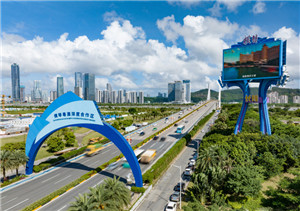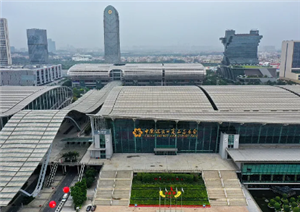Recently, Guangdong, China's economic powerhouse, announced a set of 20 measures to optimize tourism infrastructure and experiences and improve cross-border travel, aiming to welcome over 950 million tourists annually and generate tourism revenue exceeding 1.3 trillion yuan by 2027. The province plans to establish itself as a national tourism powerhouse in China by 2030, with industry-leading services, infrastructure, and attractions.
Developing tourism infrastructure and experiences
According to the measures, Guangdong aims to create two to three globally renowned scenic spots and resorts, support Guangzhou and Shenzhen in becoming world-class tourist cities, and foster the development of several renowned tourism cities.
The nine cities of the Pearl River Delta—Guangzhou, Shenzhen, Foshan, Zhuhai, Dongguan, Zhongshan, Huizhou, Jiangmen, and Zhaoqing—will focus on enhancing landmark attractions, trade exhibitions, entertainment and shopping centers, and technology-driven tourism experiences. These efforts will capitalize on existing tourism assets such as the Canton Tower.
With its rich marine and forest resources, Guangdong is also actively promoting coastal and ecological tourism. This includes expanding cruise tourism, yacht travel, and island-hopping routes, as well as developing hot spring destinations and leisure resorts.
Investments will also be made in high-quality accommodations and tourist-friendly facilities, including introducing renowned international hotel brands, developing local hotel chains, and building more gender-neutral restrooms and mobile toilets. Multilingual information and better signage in key tourist areas will also be implemented to ensure a more welcoming experience for international travelers.
Moreover, Guangdong will introduce more incentives to lure travelers, including price cuts on fees and services, and encourage scenic spots to launch off-season tickets or preferential activities.
Improving cross-border travel and transit policies
The measures also indicate that Guangdong plans to increase entry inspection channels and fast-track customs facilities for international travelers, ensuring quick clearance for tour groups. A 24-hour direct transit policy will also be implemented at Guangzhou Baiyun International Airport and Shenzhen Baoan International Airport, allowing foreign visitors to bypass entry checks.
Furthermore, the province will gradually allow travelers to use passports, foreign permanent resident ID cards, travel permits, and residence permits for Hong Kong, Macao, and Taiwan residents to access accommodation, transportation, and tourism services. Efforts are also underway to expand the acceptance of international bank cards, increase payment service availability, promote mobile payment solutions, encourage more merchants to become tax refund stores, and improve multilingual services—all designed to enhance convenience for global visitors.

















